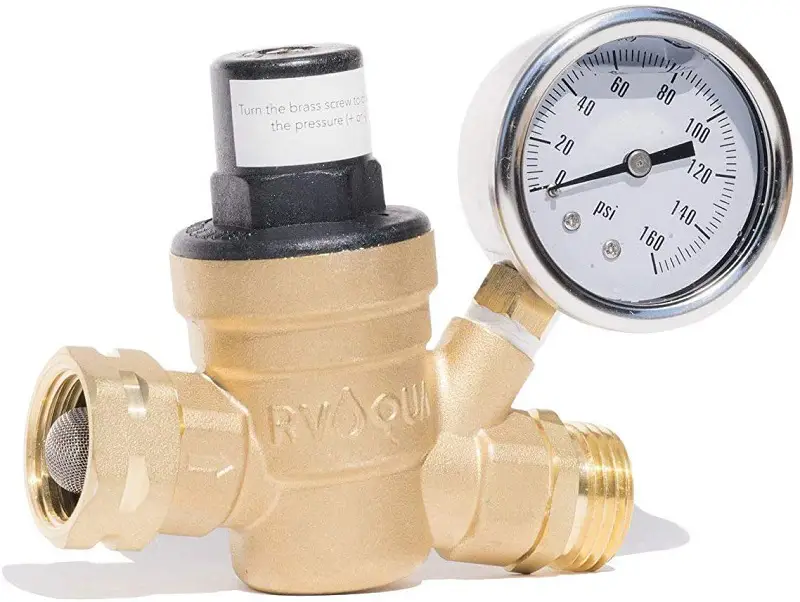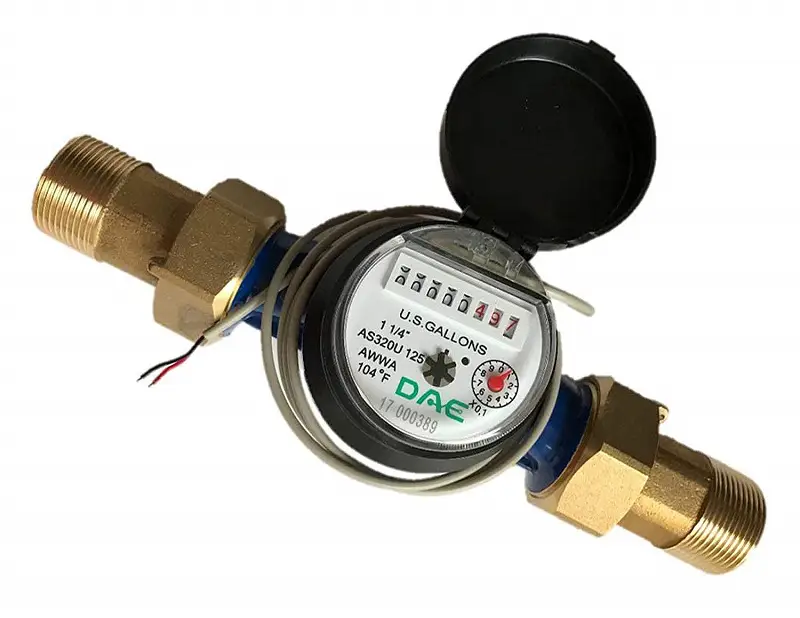With a control over water flow, humans achieved a lot throughout our history. Check out some of the key water flow pros and cons and how they affect our environment in this article.
For some, watching those tidal waves and the water gushing across rivers and streams is a soul-replenishing experience.
But, did you know that there’s more for humans in natural water flow than just beauty and contemplation? Yes, water flow has given us the gift that lights up most of our lives today, spiritually and quite literally.
The enormous force generated by water flow matches no other. That’s why it is used to produce hydroelectricity. Although this renewable energy source has relatively low production, 2019 research shows that it accounts for about 7% of the energy used in the US.
So, is hydroelectricity the ultimate option for renewable and green energy we’re looking for? Check out my list of water flow pros and cons to find out.
Does Water Flow Produce Energy?
Using water flow to produce energy is not a new idea. Believe it or not, the concept was discovered centuries ago when ancient Greeks used water flowing across the rivers to turn their waterwheels.
However, today humans have refined that technology and use the power of water flow, whether it is in the form of waterfalls, streams, and ocean waves, to produce electricity.
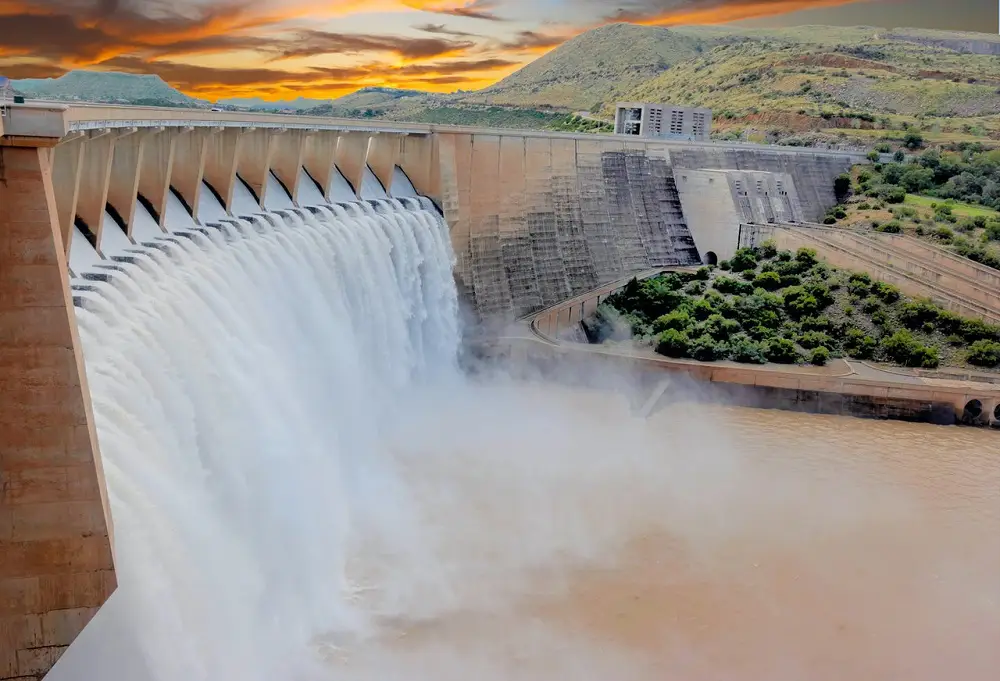
The most common method of executing this method is by using dams. The Three Gorges Dam and the Hoover Dam are salient examples of efficient hydroelectricity generated through water flow.
These dams are built as reservoirs that restrict or release water flow according to the electricity demand. The kinetic energy produced by the enormous flow helps turn giant turbines that power massive generators. These generators, in turn, convert the kinetic energy into electricity.
Today, hydro electricity produced through water flow is one of the most popular options for renewable energy. The dams are placed strategically to receive enough rainfall every year to fill the reservoirs, and the cycle continues every year.
On a global level, hydroelectricity produces more than 54% of all the energy produced using renewable and sustainable means.
The best part is, it does not release hazardous greenhouse gases into the atmosphere, unlike other non-renewable sources. Unfortunately, that doesn’t mean that hydroelectric energy produced through water flow does not have any disadvantages.
Check out these water flow pros and cons for further details.
How to Measure Water Flow Rate?
While hydroelectric energy is a renewable form and sustainable form of energy, it can only be if an ideal water flow rate is maintained. Many boundaries divide water flow that hinder the process, affecting the overall energy production of a dam.
That’s why water flow needs to be regulated using instruments like the water flow calculator and water flow regulator. This helps us to see whether a particular hydroelectricity venture produces enough energy compared to the damage it does to the environment.
Mainly, the term flow refers to the specific volume of liquid that passes a certain point in a stream or river over a predetermined period.
Typically, these flow rates are denoted in units such as liters per second, cubic feet per second, and gallons per minute using a water flow meter or water flow sensor.
Apart from helping us determine the productivity of a dam, measuring water flow also helps us further regulate energy production.
While lots of surplus energy goes to waste in many non-renewable energy plants, we can produce the exact amount of energy needed to meet the hydroelectric plant’s demand.
Instruments like a water flow switch or a water flow control valve stops and releases water flow. This way, valuable resources don’t have to be wasted during production at any phase.
Water Flow Pros and Cons
Now that you’ve gone through a brief introduction to hydroelectricity, and how measuring water flow helps us regulate energy production, it’s time to answer the ultimate question.
With all its facilities and benefits to the environment, is hydroelectricity through water flow the replacement for non-renewable energy sources?
I’ve listed down the most evident water flow pros and cons right here so you can make an informed perception.
Water Flow Pros
First of all, before getting to the negative aspects, let’s look on the bright side. Water flow is a sustainable option to meet global energy demands without inflicting any severe damage to the environment.
Here’s a list of advantages we get by using water flow to generate energy.
It’s a Renewable Energy Source
All the water existing on earth ultimately returns to its origin attributing to the water cycle. Unlike other energy sources depleting every day with the increasing human demand, that’s not the case with water.
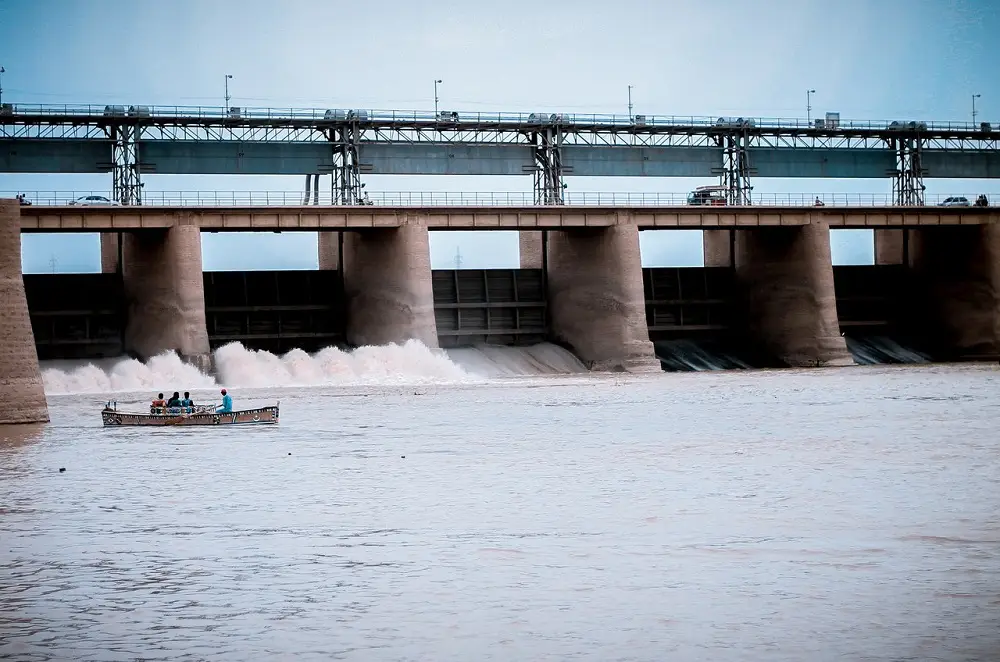
It is safe to say that the earth will never run out of enough water to sustain human life. Hydroelectric energy using water flow promotes the technique to use this never-ending supply to generate electricity, which has become a necessity for human life.
It Does Not Pollute the Environment
In the current era, we’re witnessing severe environmental degradation in the form of pollution and climate change.
Most primary sources of electricity, including fossil fuels, nuclear power, and biomass release many toxins and hazardous greenhouse gases into the environment.
Prevalent use of these techniques can result in devastating impacts on our planet. However, hydroelectric energy generated by water flow is a clean energy source that does not pollute the environment in any way.
Yes, there is limited contamination when the dams and electric plants are being built. But, when the plant starts to operate, it does not release any toxic fumes in the long run, which can enhance the quality of the air we breathe in.
Also, since the water flow is the only source that moves the turbines and makes the plants work, they don’t pump out any toxic byproducts into streams and rivers nearby.
It Helps Produce Scalable Energy
As I mentioned, water flow can be easily regulated in hydro plants and dams. This makes hydroelectricity a flexible energy source as their production can be scaled up or down to meet the existing demand.
Besides that, water flow needs reduced start-up time as compared to gas or steam-powered power plants. This means it is much easier to produce energy using water flow whenever the demand arises, rather than creating surplus energy that goes to waste.
It Provides A Cost-Effective Energy Solution
Controlled water flow is everything that’s needed to run a hydroelectric plant. That’s why its operation and maintenance costs are relatively low, as compared to other energy sources.
Although the upfront cost of building dams that stand the test of time is relatively high, they need minimal part replacements and repairs in the long run. This makes them a cost-effective solution for countries struggling to meet energy demands.
Most importantly, the approximate lifetime for a dam is far longer than other non-renewable energy plants. A dam can work to use water flow as a means of energy generation for more than a hundred years at a stretch.
It Works to Produce Electricity for Industrial Enterprises
Hydroelectric plants usually supply energy to public networks. However, if constructed efficiently, these plants can produce enough energy to power industrial enterprises.
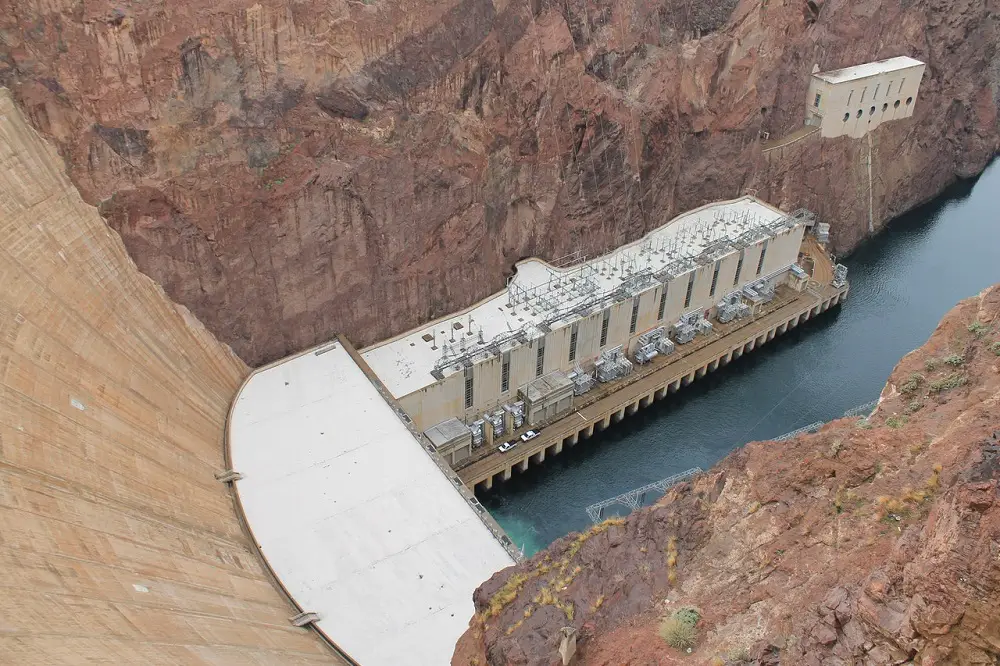
In fact, there are some hydroelectric plants around the world dedicated entirely to power industries producing aluminum and steel.
It Helps Remote Communities Develop
Another benefit of using water flow to generate energy is that it aids the development of remote communities. That’s because electricity through hydroelectric plants is affordable and can be transported to remote communities easily.
This eventually leads to the development of highways, industries, and business opportunities in the area. Naturally, it creates job opportunities and provides educational and healthcare benefits to increase the quality of life in those areas.
It Creates A Recreational Space
Hydroelectric power plants collect large amounts of water behind dams to produce enough water flow needed to generate energy.

This reservoir creates a lake-like structure behind the dam, which can be used to facilitate multiple recreational activities. These include fishing, swimming, diving, and boating.
It Provides Ample Water for Irrigation
Besides that, farmers can use the lake’s water to irrigate their crops if there’s a shortage of rainfall during the year. The water reservoir also shields nearby communities from water shortage and minimizes the risk of droughts.
It Acts as a Shield Against Floods
When we intend to generate enough power from water flow to turn turbines, we need an ample supply of water in the reservoirs. Meaning, these reservoirs are built to store hundreds of gallons of water.
This potential to store vast water quantities can help us mitigate the risks of floods in rural areas.
Water Flow Cons
The long list of benefits associated with water flow energy options probably makes you think it is a foolproof way to stop environmental degradation and generate sustainable energy. However, that’s not the case.
Here’s a list of water flow cons so you can understand the risks that come with relying on water flow as a primary energy source.
It Damages the Environment
Yes, I know this contradicts my previous statement, but bear with me. While there are many environmental advantages to using water flow to generate energy, it has some adverse ecological effects.
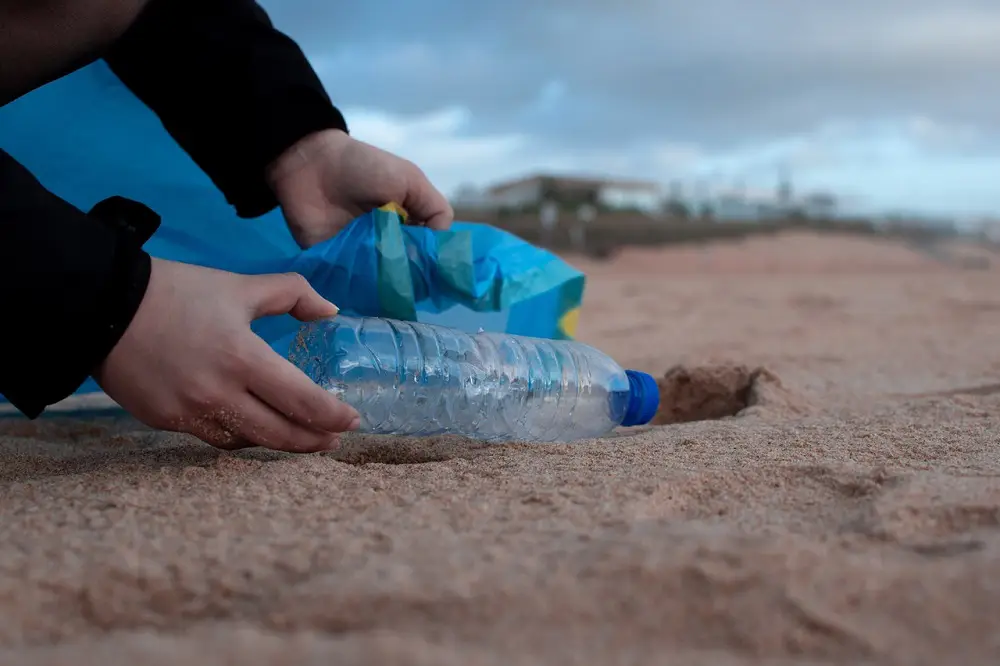
Firstly, diverting the water flow to hydroelectric plants has immense impacts on natural water flow which ultimately harms the ecosystem in the respective water bodies.
Secondly, dams cut off the paths that fish use to migrate towards alternate food sources during winter. This means building dams and hydro plants affect marine biodiversity and increase fish mortality.
It Requires a High Upfront Capital
Although they require minimal maintenance and operational costs in the long run, dams that control the natural water flow are incredibly costly to build. Besides that, these plants need long periods to build, which increases labor costs combined with the high logistic costs.
Also, large pieces of land need to be vacated alongside natural water bodies to facilitate the smooth operation of these dams. This adds to the cost in the form of compensation for displacement.
It Has an Intensified Risk Factor
To replicate the natural water flow, dams need to be built using the highest quality construction materials and calculations. If the dams fail to store enough water to generate electricity, they might succumb under pressure and destroy nearby settlements.
Similarly, if these dams fail to hold the water back, its destruction can have devastating flora and fauna effects in the area. That’s why dams always carry a huge risk factor if built under the influence of commercial investors.
Hydroelectric Power Releases Methane
While using water flow to generate energy does not emit harmful greenhouse gases than other non-renewable sources, it does release methane.
This means, even if they’re relatively less invasive to the environment, they’re not entirely clean or eco-friendly. Irregular plant growth in the reservoirs began to rot, which releases a large amount of methane into the atmosphere.
Although these levels do not significantly harm the environment currently, they can rise and increase air pollution if we rely on water flow as a primary energy source.
Water Flow Regulation Leads to Droughts
Another significant disadvantage of regulating water flow is that it causes droughts in nearby locations.
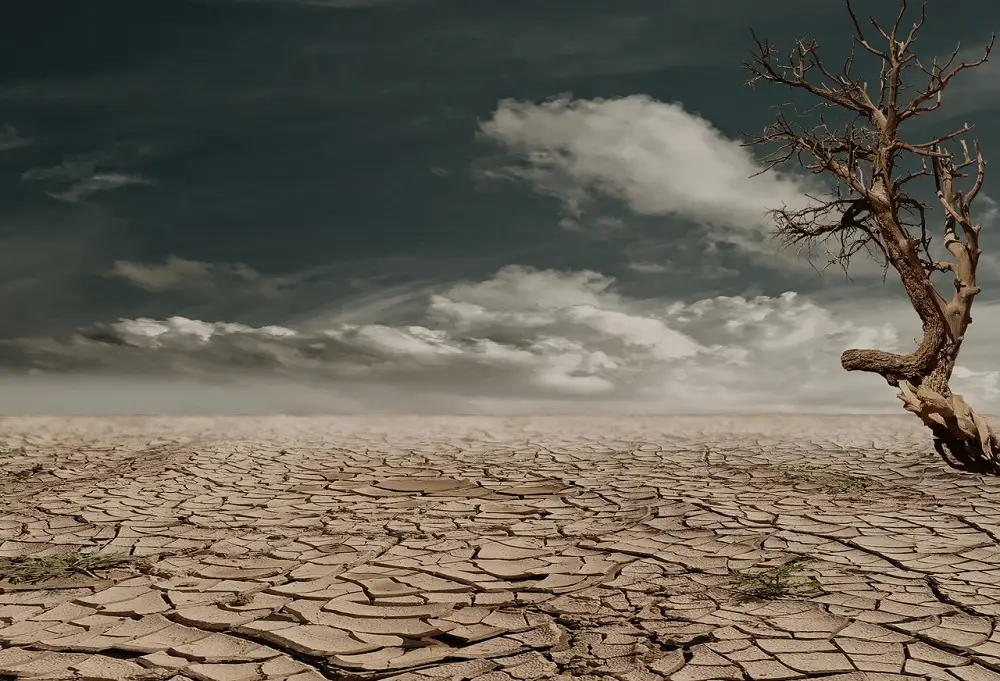
Similarly, a drought could ultimately affect further productivity of the hydroelectric plant, leading to slack in energy production.
It Damages Nearby Wetlands
As I mentioned, hydropower plants need to build huge dams to produce enough water flow needed to generate energy. Building these large reservoirs can destroy lowland forests, marshes, and grasslands.
Similarly, the reservoirs also affect aquatic life and birds that depend on the marshy habitats for food and shelter. If hydropower plants are built in abundance to use water flow as a primary energy source, these habitats could suffer, leading to a destruction of biodiversity on the whole.
It Hikes Up The Rate of Relocation
Although dams can protect people against floods with their ability to contain vast amounts of water, they can also prove dangerous to nearby settlements.
That’s because dams are built on higher levels of land to generate enough force from water flow to turn the turbines. This means that if people live downstream, they can be at constant danger of flooding due to the strong water currents generated by the dams.
To this date, dams have already caused the relocation of more than 50 million people worldwide. Unless the dam builders provide compensation for relocation, the people suffer and lose their livelihood as well.
Artificial Water Flow Causes Geological Damage
After all, the reservoirs created by hydroelectric plants to store water for electricity production do not work in the same way as natural water bodies. This means these reservoirs inflict huge-scale geological damage due to human intervention and lead to catastrophic effects on nearby land.
Not only does land around these reservoirs become infertile and loses its natural nutrients, but it also becomes prone to earthquakes.
For example, the Hoover Dam resulted in a series of earthquakes that created permanent damage on the earth’s surface—creating dams on huge scales for hydroelectric power through water flow may further imbalance the earth’s surface.
Does Water Flow Provide A Better Source Of Renewable Energy?
The list of water flow pros and cons above shows us the fantastic advantages and the devastating risk associated with hydroelectric power.
The dual nature of the technique might make you question its sustainability, but let’s face it, we cannot expect a foolproof way to meet our energy needs in the current situation.
While water flow energy does have its downsides, it is still a better option than other non-renewable sources. That’s because the environmental effects inflicted by hydropower can be limited in future projects to refine the process into a 100% sustainable option.
Similarly, unlike other energy sources, this option has the potential to provide affordable energy throughout the world.
With the increasing expenses associated with non-renewable energy, including the exhaustion of the resources itself, hydroelectric energy through water flow may be the ultimate chance for us to promote greener power across the globe.

